Water is the source of life, and its quality is directly related to human health and the sustainable development of society. In today's increasingly serious environmental pollution, how to purify water quality has become the focus of global attention. Reverse osmosis membrane technology as an efficient, energy-saving water treatment technology, is gradually becoming the key to purify water quality.
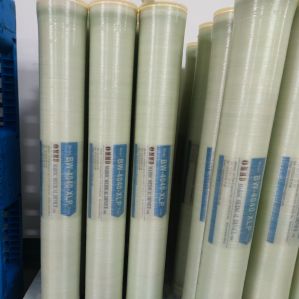
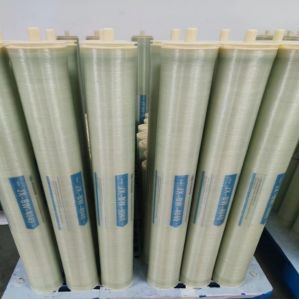
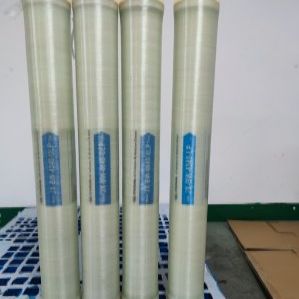
The basic principle of reverse osmosis membrane technology is to use the selective permeability of semi-permeable membrane, by applying pressure to one side of the membrane, so that the water molecules can permeate through the membrane, while the impurities and dissolved solids remain on the other side of the membrane, so as to realise the purification of water. This technology has a high degree of selectivity and filtration accuracy, and can remove suspended solids, colloids, organic matter, microorganisms, heavy metal ions and other harmful substances from water, while also removing salts from water and improving water purity.
Reverse osmosis membrane technology has many advantages. Firstly, it has high processing efficiency and can purify a large amount of water in a short period of time. Secondly, it has low energy consumption, easy operation, does not need to add chemicals, and will not produce secondary pollution. In addition, the service life of reverse osmosis membrane is long, it can reach 3-5 years or even longer, so it has low operation cost.





 Language
Language


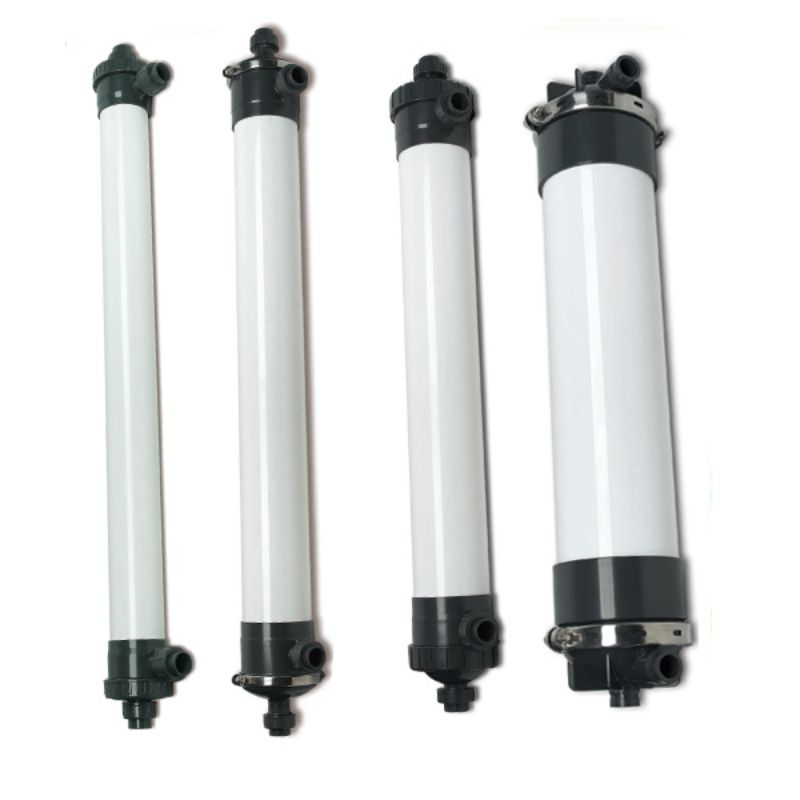
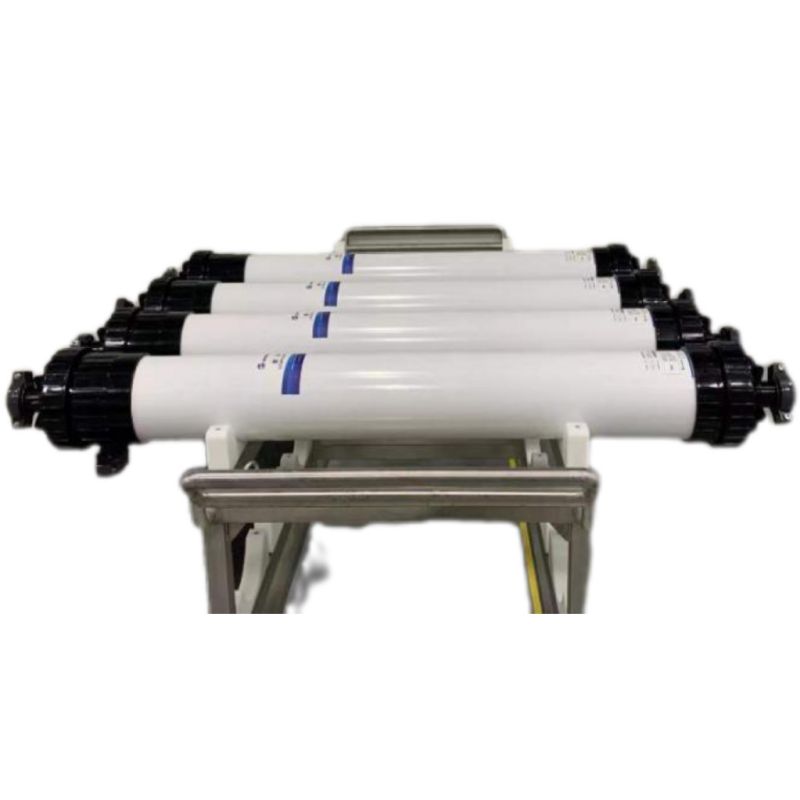
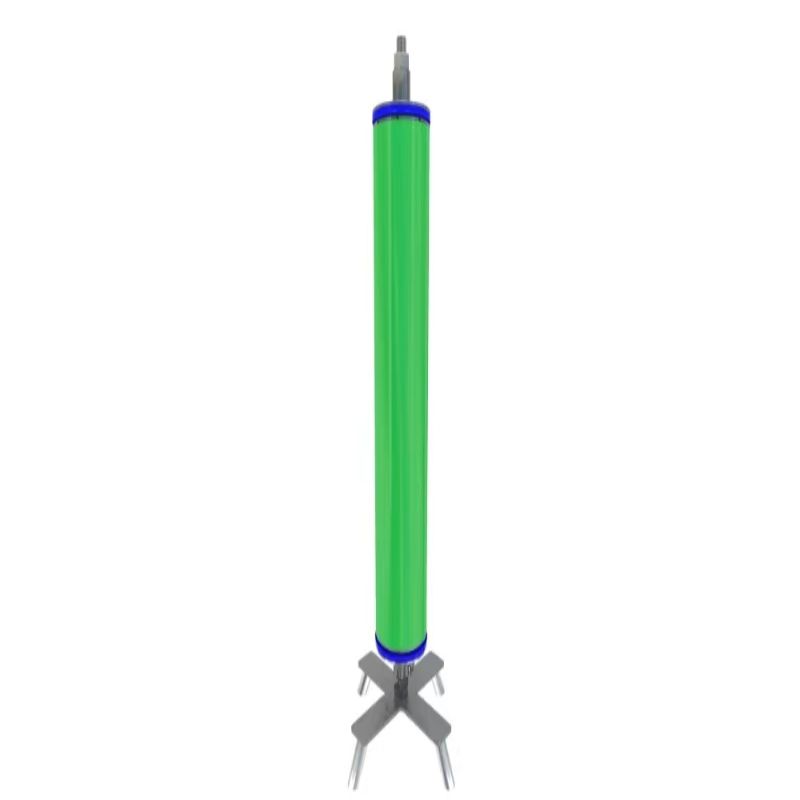
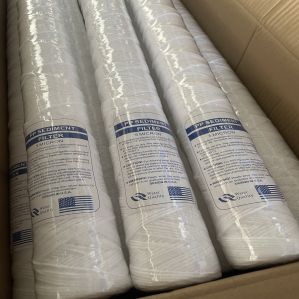
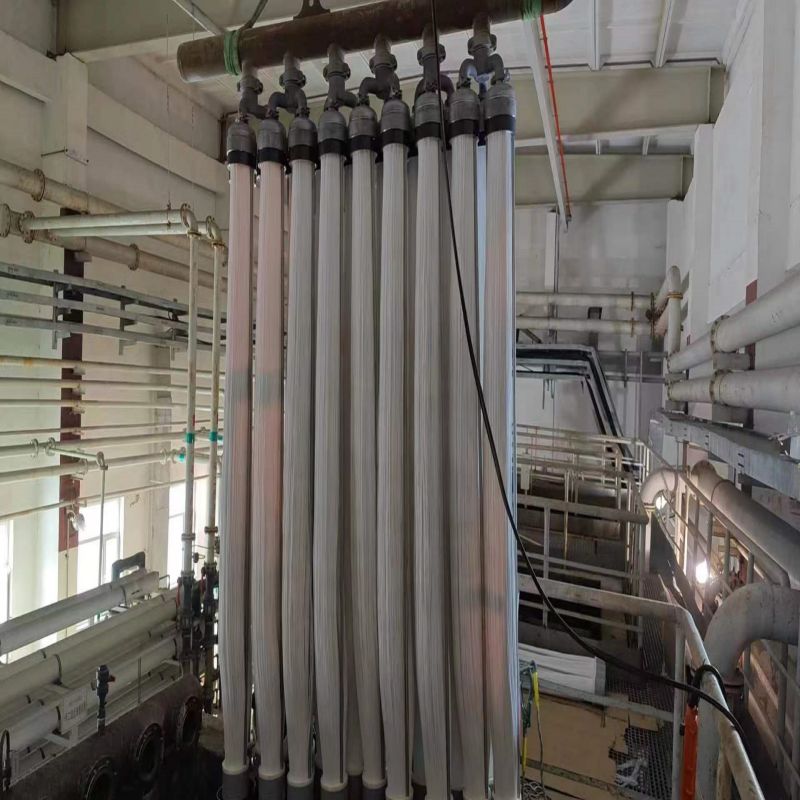




 Network Supported
Network Supported